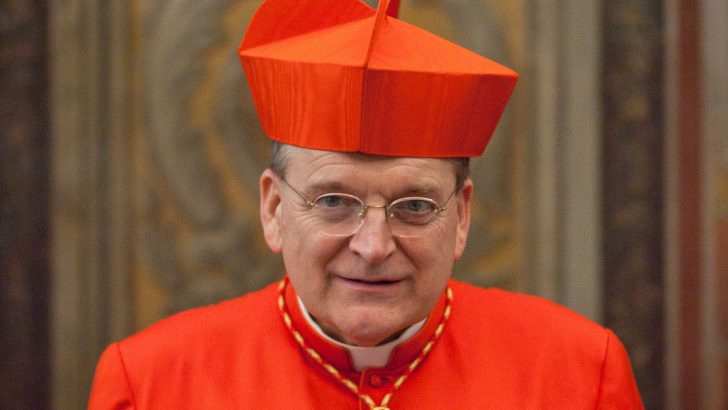It’s a common observation among informed Christians – regardless of their branch of the Christian family – that when it comes to covering religion, the mass media is embarrassingly out of its depth. Genuine mastery of the subject is rare, which is one reason why John Allen being hired by The Boston Globe in 2014 to run what we now know as Cruxnow.com was greeted with such widespread delight, and why Elizabeth Dias’s work at Time.com has been so refreshing.
All the more depressing, then, to read Andrew Brown’s ‘long read’ at theguardian.com, ‘The war against Pope Francis’, a lurid and slipshod survey of the problems the Pontiff is having with a tiny but vociferous Catholic fringe.
Given how Brown has written intelligent and informed things elsewhere, it’s disappointing to see him deploy over 5,000 words in a way that Brisbane’s Archbishop Mark Coleridge described from his @archbishopmark Twitter account as marked by “too little nuance in so ambitious a piece… it sounds too apocalyptic”.
It’s difficult to know where to start with the piece’s errors, though the sloppiness around dates is an obvious issue.
Brown writes that the synods on the family took place in 2015 and 2016, when they took place in 2014 and 2015, and claims Cardinal Robert Sarah’s ‘apocalyptic beasts’ intervention was at a Vatican gathering last year, rather than at the 2015 synod.
Sacking
A document issued 12 years into St John Paul’s papacy is described as issued “early in the pontificate”, a famous address to the papal curia is dated to December 2015 rather than 2014, and the sacking of a prominent knight of Malta last December is, to Brown, something that happened in autumn.
Said knight was, Brown says, the order’s head, dismissed by Cardinal Raymond Burke, whereas in reality he was the second-in-command and dismissed by his superior, though apparently with the cardinal’s encouragement.
Whatever one might think of Cardinal Burke, it’s strange to see him so misrepresented here, accused of having with three other cardinals submitted four ‘dubia’ – rather than five – to the Pope for his clarification, raised the possibility of formally declaring the Pope a heretic, and allegedly saying that he was prepared to declared the Pope a heretic.
Cardinal Burke has never done this, saying rather that the Pontiff could perhaps be corrected for being in error, which is a far cry from heresy, defined as the obstinate denial of or doubt about something all Catholics are obliged to believe.
Brown thinks there’s significance too in the Pope having in 2013 bypassed the Apostolic Signatura, the Roman court the cardinal then headed, when taking action against a group of friars, that is basically an appeals court and when the action was taken through the normal curial department for such things.
The errors keep coming: Guinea is mistaken for Ghana while an exhortation is mistaken for an encyclical; an exhortation that devotes a quarter of just one chapter to global economics is described as a major policy statement condemning how global markets work; Amoris Laetitia is supposedly a summary of the debate on divorce despite divorce being mentioned just 22 times in its over 260 pages; the Second Vatican Council effectively abolished the Latin Mass, when it confirmed the importance of Latin in the liturgy…
All this just scratches the surface.
It’s good that the article identifies the vicious nature of opposition to the Holy Father – it quotes an unnamed but prominent English priest claiming that priests “can’t wait for him to die” – and identifies how tiny the opposition is, pointing out that it could be the most serious crisis in the Church since the miniscule Lefebvrist split that gave birth to the schismatic Society of St Pius X.
None of which touches on what the article leaves out, not least Francis’ continuity with his predecessors, but that would double the length of this piece. Suffice to say that even a quick overview shows that online paper doesn’t refuse digital ink.


 Greg Daly
Greg Daly Cardinal Raymond L. Burke
Cardinal Raymond L. Burke 